When you step into a theater, concert hall, or nightclub, you’re stepping into a world shaped by light. But what exactly are stage lights, and what types are commonly used? In this guide, we’ll break down the main types of stage lights, their unique functions, and how to choose the right mix for your venue or event.
Understanding Stage Lighting: Why Types Matter
Stage lights aren’t just about illumination—they create atmosphere, direct attention, and support the story. Different types of lights serve different purposes, from highlighting performers to painting entire backdrops in color. Selecting the right types of stage lights can transform a space from ordinary to unforgettable.
Main Types of Stage Lights
Moving Head Lights
-
Function: These dynamic fixtures can rotate, pan, and tilt to produce beams, spots, or washes of light across the stage.
-
Applications: Common in concerts, large events, and clubs.
-
Products: Includes moving head beam lights, moving head wash lights, and hybrid moving head lights.
Par Lights
-
Function: Provide broad washes of color or focused uplighting.
-
Applications: Ideal for small to medium venues, weddings, exhibitions, and ambient lighting.
-
Products: Available in LED Par lights and traditional halogen Par cans.
Profile Spotlights

-
Function: Offer a focused, sharp-edged beam of light with customizable shaping tools.
-
Applications: Used in theaters and live performances for highlighting actors and scenes.
-
Products: Include LED profile lights and ellipsoidal reflector spotlights (ERS).
Fresnel Lights

-
Function: Deliver a soft-edged, adjustable beam for general stage illumination.
-
Applications: Common in TV studios and drama theaters.
-
Products: Available in both LED and halogen models.
Strobe Lights
-
Function: Create intense flashing effects that enhance rhythm and energy.
-
Applications: Perfect for dance floors, DJ shows, and concert climaxes.
-
Products: Full-color LED strobe lights and high-power single-beam strobes.
LED Strip & Wash Lights

-
Function: Offer wide-area color washes and architectural effects.
-
Applications: Used for backdrops, stage edges, and set pieces.
-
Products: Include LED wall washers, bar lights, and strip lights.
Effect Lights & Lasers
-
Function: Add motion, patterns, and lasers for visual excitement.
-
Applications: Great for nightclubs, festivals, and themed shows.
-
Products: Laser lights, multi-eye effects, rotating gobos, and more.
How to Choose the Right Stage Light Types
Consider the following when selecting your lights:
-
Venue Size: Larger venues need more powerful and varied lighting.
-
Event Type: A concert needs energetic moving beams, while a theater benefits from profile and Fresnel lights.
-
Desired Mood: Wash lights add ambiance, while strobes and lasers boost excitement.
-
Power Consumption: LED stage lights are energy-efficient and long-lasting.
Mixing different types—like combining moving head beams, LED Pars, and effect lights—can create a balanced, professional look suited to almost any environment.
FAQ
What is the most common type of stage light?
LED Par lights are widely used due to their versatility, affordability, and low power consumption.
Can I mix different stage light types?
Absolutely. In fact, a good stage setup depends on using a combination of lighting types to create layers and dynamics.
What’s the difference between Par lights and spotlights?
Par lights offer wide washes of color, while spotlights provide a focused beam for specific subjects.
Are LED stage lights better than traditional ones?
Yes—LEDs use less energy, generate less heat, and offer more features like color mixing and dimming.
Final Thoughts
There’s no one-size-fits-all answer when it comes to stage lighting. The best setups use a blend of fixtures to achieve the right mood, focus, and visual impact. Whether you’re lighting a concert, a church, or a theater, understanding light types is your first step to a brilliant result.
Ready to upgrade your stage lighting? Contact us now.


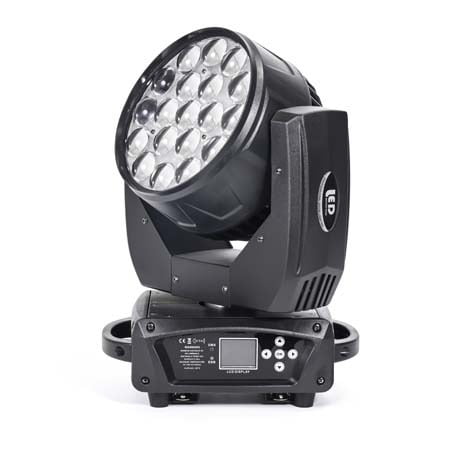





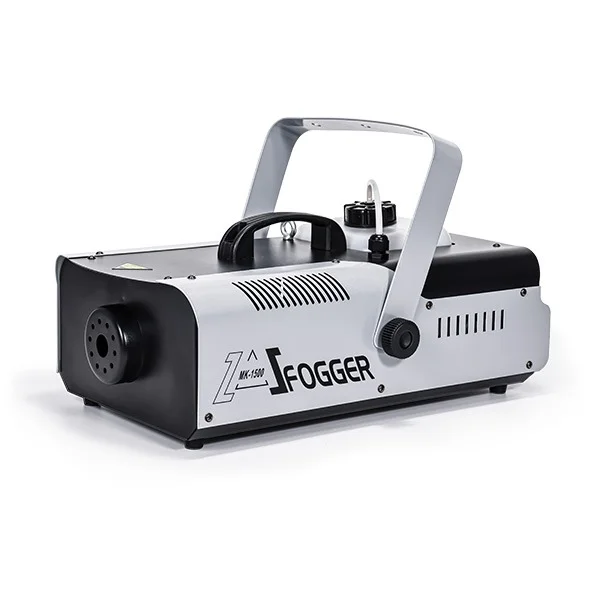
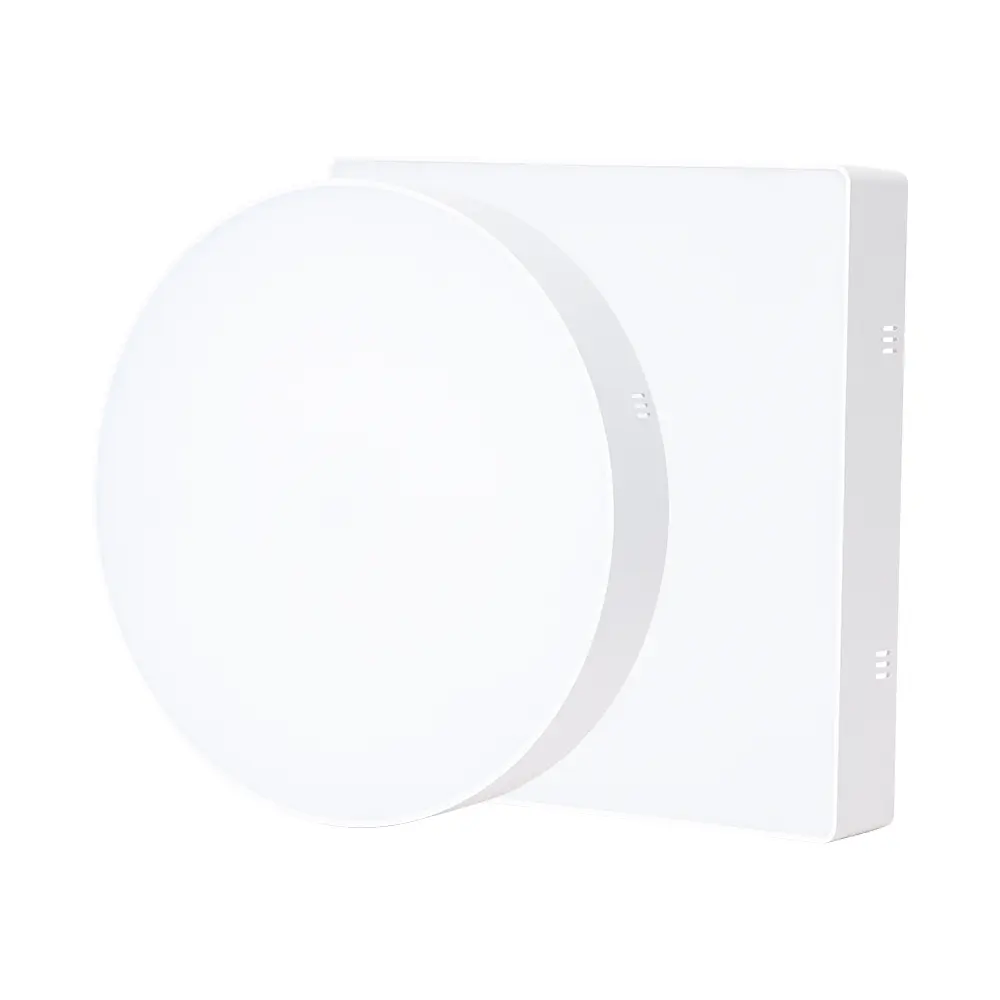

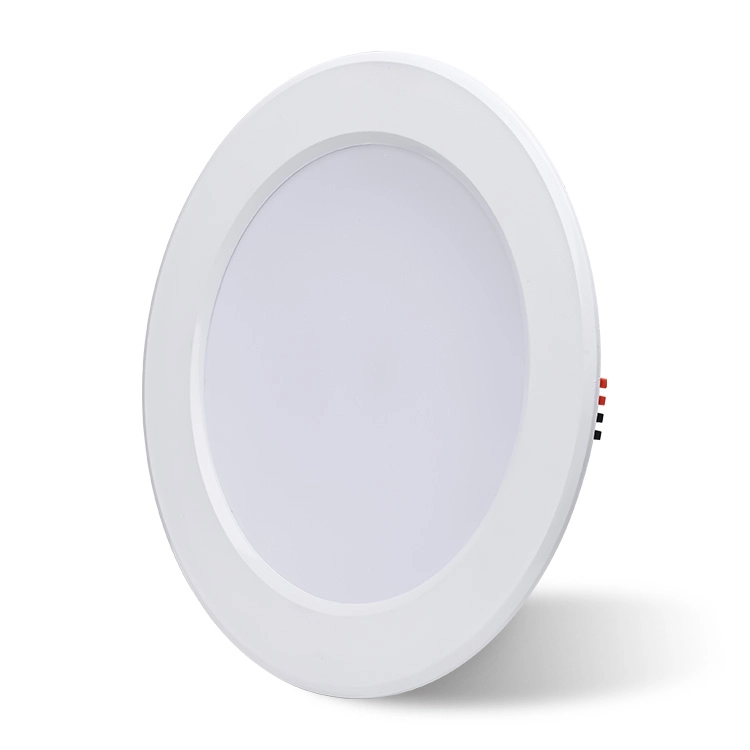
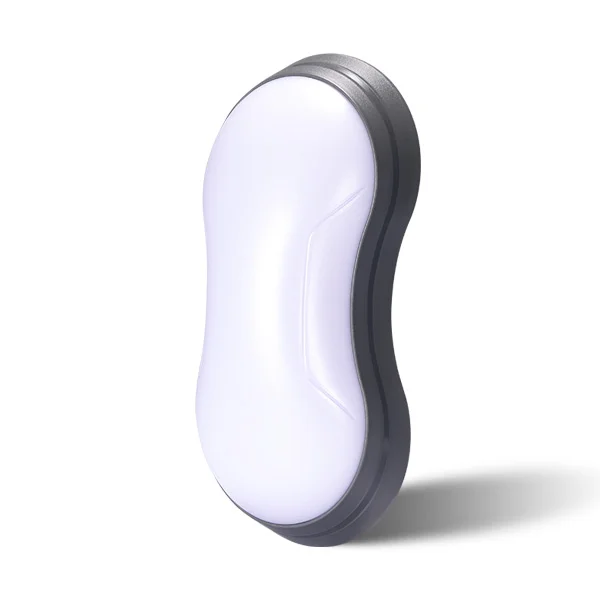

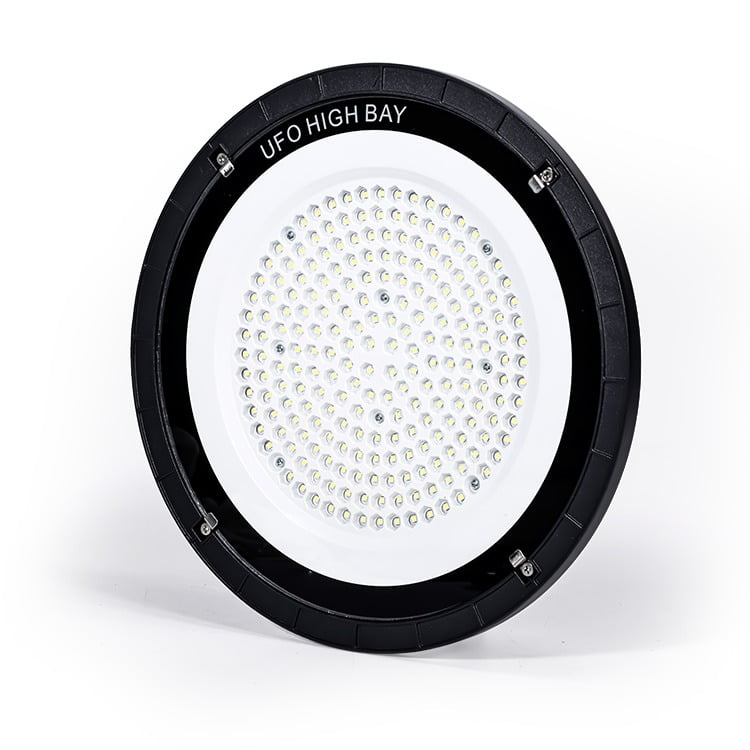
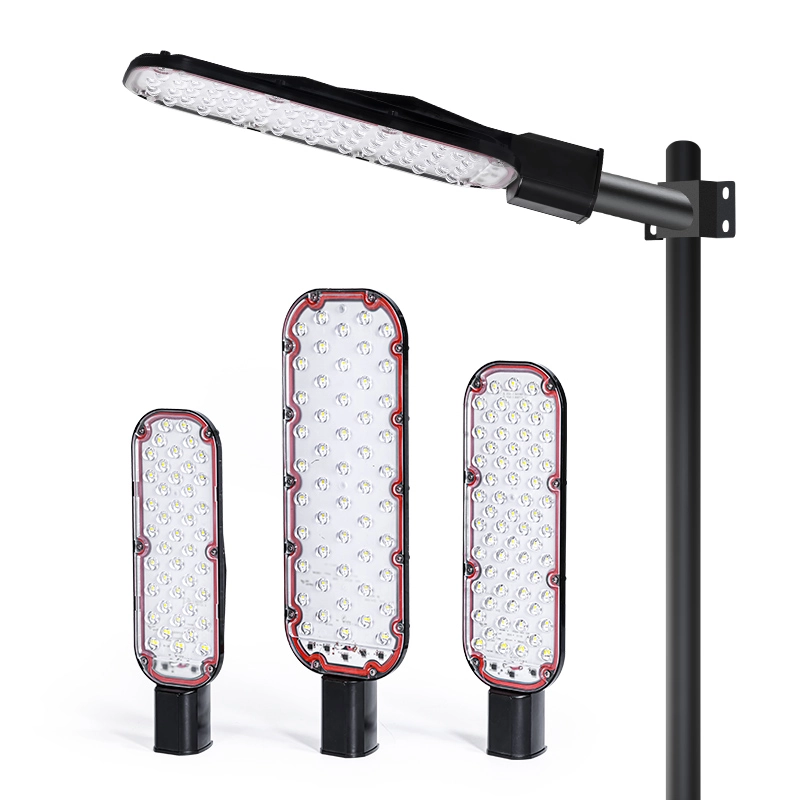

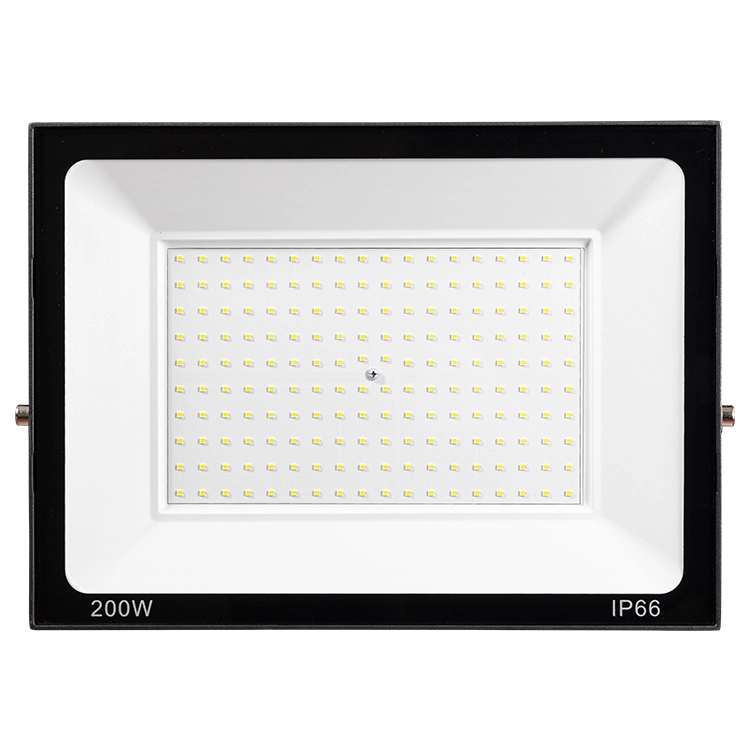
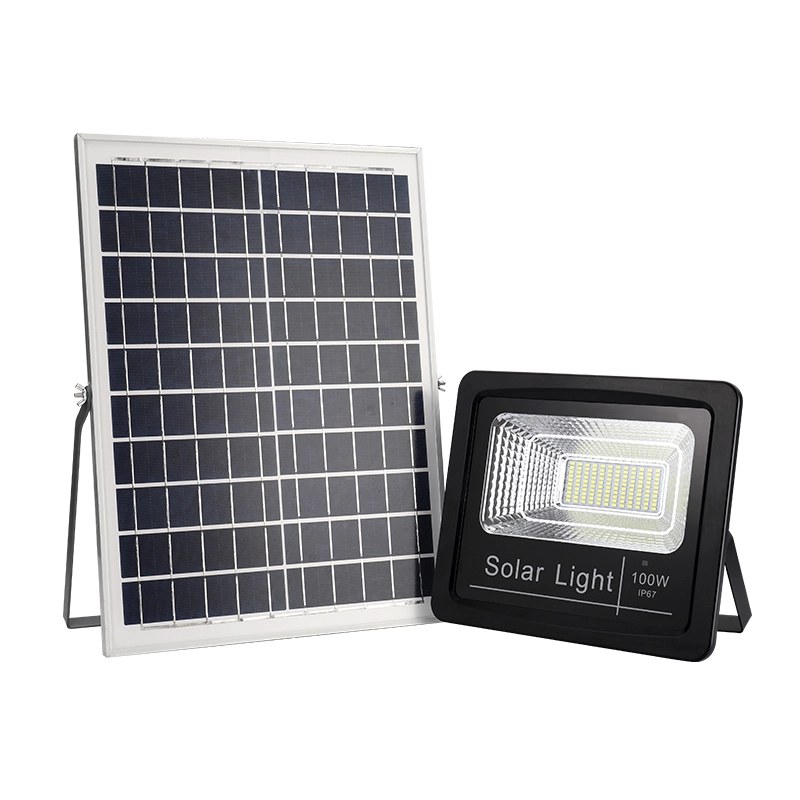






![Feature image 1 - Top 10 Stage Lighting Manufacturers[2025 Updated] - Vorlane - Vorlane Feature image 1 - Top 10 Stage Lighting Manufacturers[2025 Updated] - Vorlane - Vorlane](https://vorlane.com/wp-content/uploads/2022/12/Feature-image-1.png)



